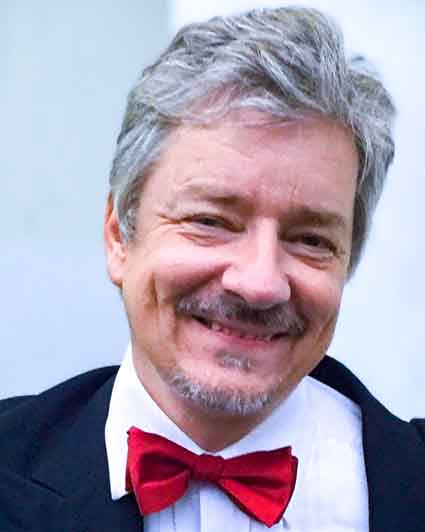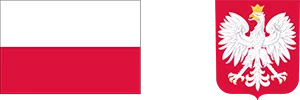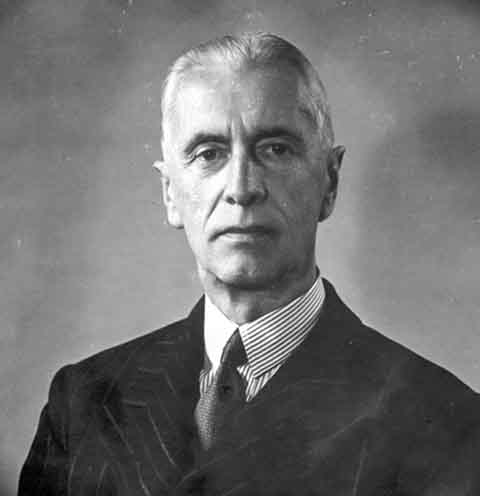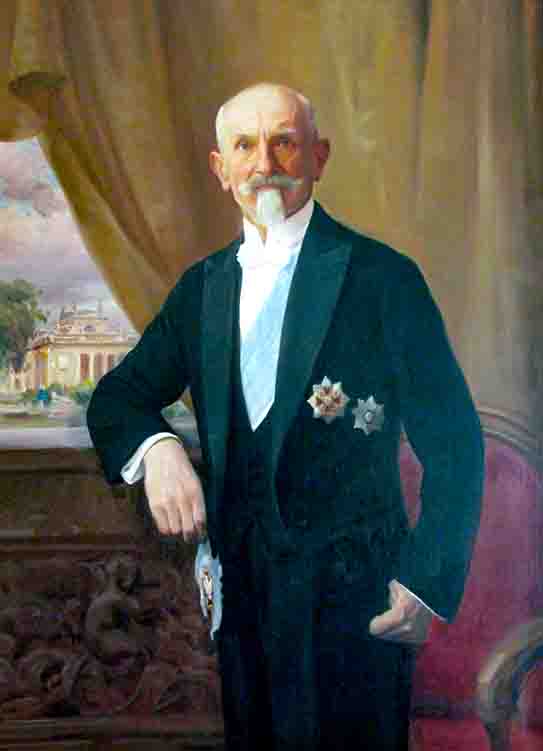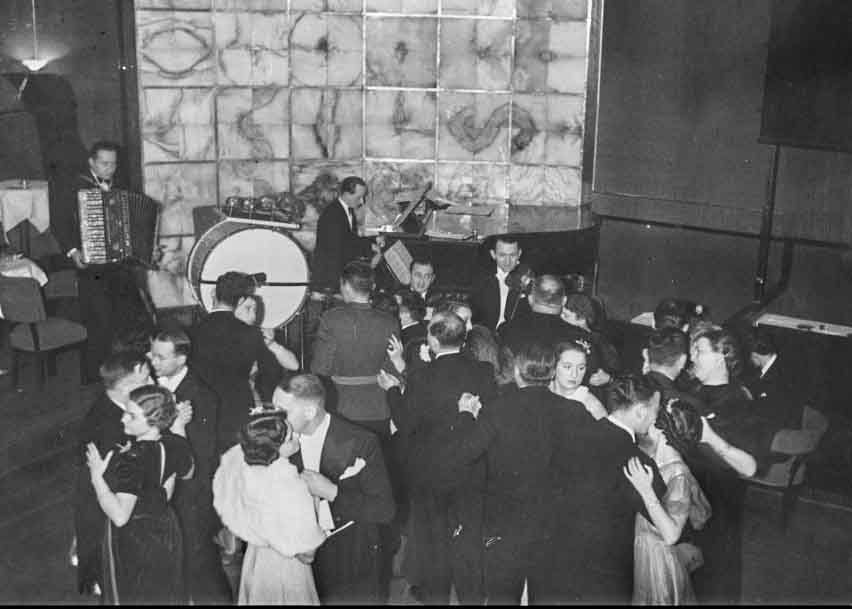On October 2, 1946, Ignacy Mościcki, President of the Republic of Poland from 1926 to 1939, died in Versoix, near Geneva. He was the longest-serving president in Polish history. He was president of Poland when Germany invaded the country on September 1, 1939. Many years later, in 1993, President Mościcki's remains were returned to Poland and interred in St. John's Cathedral in Warsaw.
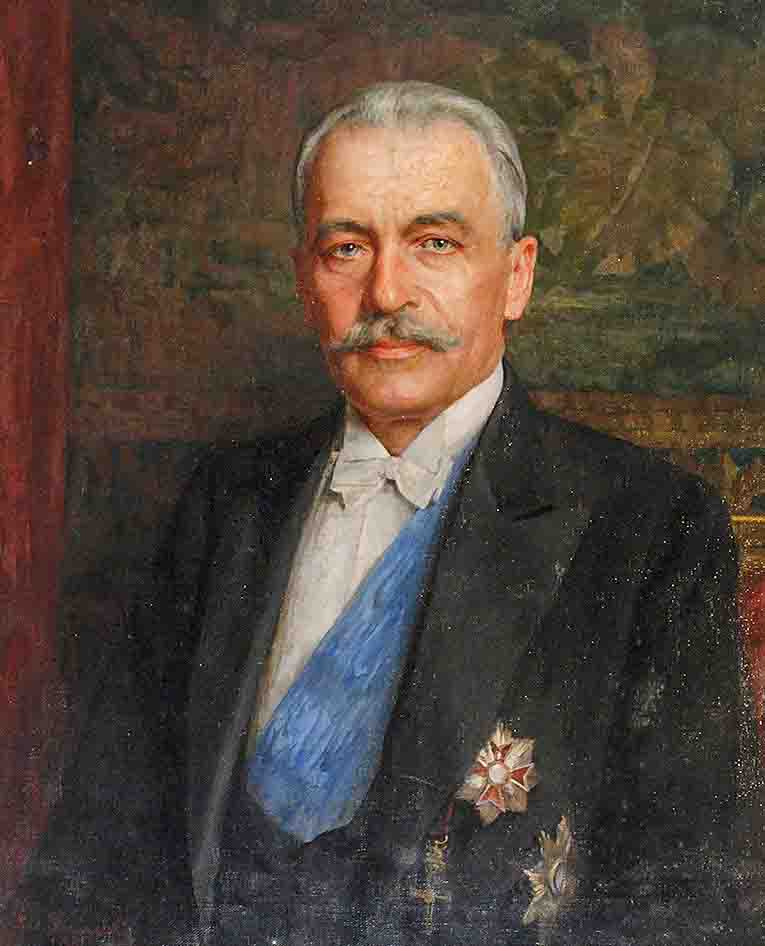
Ignacy Mościcki (1867-1946), in a painting by Kazimierz Pochwalski (Source: Wikipedia)
Mościcki was born in 1867 in Mierzanów, near Ciechanów. He came from a noble family bearing the Ślepowron coat of arms, originally from Mościce, Masovia. He had seven siblings.
He was particularly gifted in the mathematical and natural sciences. At the end of the 19th century, he studied chemistry at the Riga Polytechnic University. He was active in socialist structures, participating as a delegate at the Congress of the Second International.
On February 22, 1892, he married Michalina Czyżewska in Płock. He was closely related to her (she was the daughter of Mościcki's aunt), so the wedding required a dispensation granted by the Pope.
He became involved with the socialist movement and the Second Proletariat, participating in the preparations for the assassination of Governor-General Josif Hurka. The plan called for a suicide attack on the Orthodox cathedral in Warsaw using explosives, but the plot was uncovered, and Mościcki fled with his wife to London in July 1892. There, unable to speak English, he took on various manual labor jobs, including as a woodcarver and a barber's assistant, refusing tips out of respect. With his mother's help, he briefly ran a kefir factory and later worked as a carpenter and furniture inlay artist, while continuing his studies at the London Technical College and Patent Library.
In 1897, he moved to Switzerland and began working at the University of Fribourg. Later, in 1912, he began working at the Department of Physical Chemistry and Technical Electrochemistry at the Lviv Polytechnic University.
From 1912 to 1922, he was a professor at the Lviv Polytechnic University, inventing an innovative method for extracting nitric acid from air. While continuing his experiments in nitrogen extraction, he conducted research in the field of electricity, becoming a world authority. Among his achievements was the invention of a method for protecting electrical wiring networks from the damaging effects of electrical discharges, which was immediately implemented throughout Europe.
Once free, Poland was occupied with scientific work and the development of the Polish chemical industry. He founded the Chemical Research Institute. He served, among other roles, as director of the State Nitrogen Compounds Factory in Chorzów. In 1925, he was elected rector of the Lviv Polytechnic University, and from 1925 to 1926, he was a professor at the Warsaw Polytechnic University.
As a scientist, he authored over 60 scientific papers and over 40 Polish and foreign patents. After being elected President of the Republic of Poland, he transferred the rights to his patents to the Polish state free of charge.
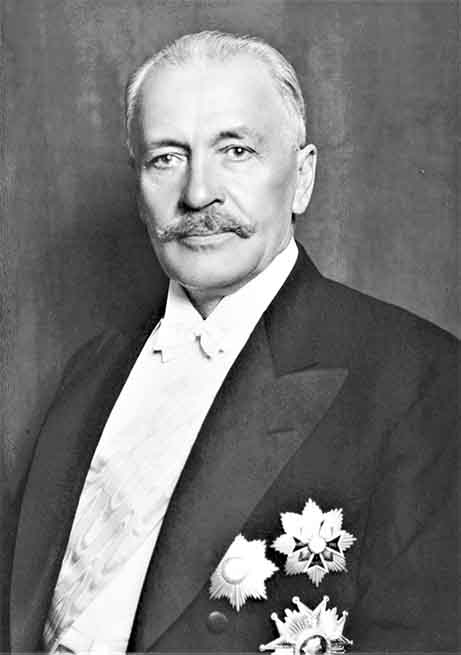
President Ignacy Mościcki in 1934 (Source: Wikipedia)
In 1926, following the May Coup d'état, Piłsudski proposed him for the office of President of the Republic of Poland. Mościcki was a staunch supporter of Piłsudski, though he ran as a seemingly independent and apolitical candidate. Following a vote by the National Assembly on June 1, 1926, he assumed the highest office in the state, holding it until the end of September 1939, having been re-elected president in 1933. He settled with his family at the Royal Castle in Warsaw.
On August 18, 1932, Mościcki's first wife, Michalina, died of a heart condition. A year later, the president remarried, marrying his former secretary, Maria Nagórna, née Dobrzańska (the Catholic Church declared his first marriage invalid).
Following the German invasion of Poland and the subsequent Soviet attack on September 17, 1939, he decided to leave the territory of the Republic of Poland and traveled with the Polish government to allied Romania. He was interned by the authorities of the Kingdom of Romania. On September 30, 1939, he resigned from the presidency, appointing Władysław Raczkiewicz as his successor. In December 1939, the Romanian authorities permitted him to leave for Switzerland, where he lived until his death.
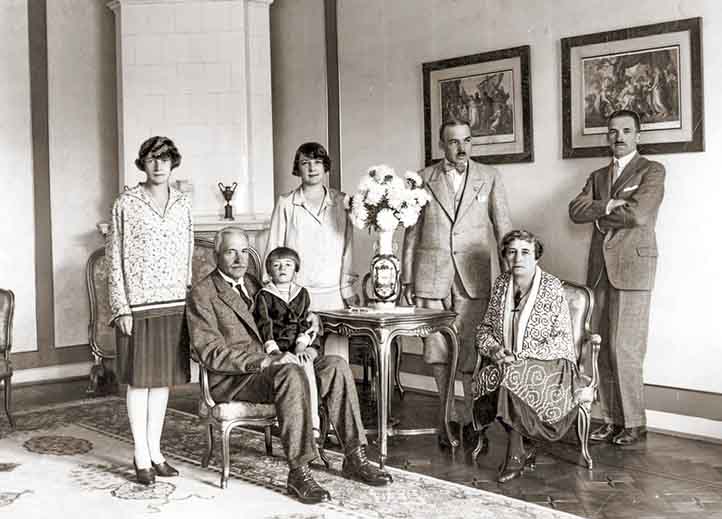
The First Family of President Ignacy Mościcki in 1930 (Source: Wikipedia)
And so, at the end of December 1939, as a former president, he left for Switzerland with his wife, Maria née Dobrzańska. He lived in Freiburg, where, despite earlier assurances, he was not offered a job. In 1941, he began working in Geneva, in the chemical laboratory of the Hydro Nitro company, where he also conducted his scientific research. At the end of the war, the British government granted him a small, lifelong pension.
He died on October 2, 1946. His mortal remains were later ceremonially transported to Poland thanks to the initiative of then-President Lech Wałęsa and Primate of Poland Józef Glemp. On September 13, 1993, they were interred in the crypt of St. John's Archcathedral in Warsaw.




